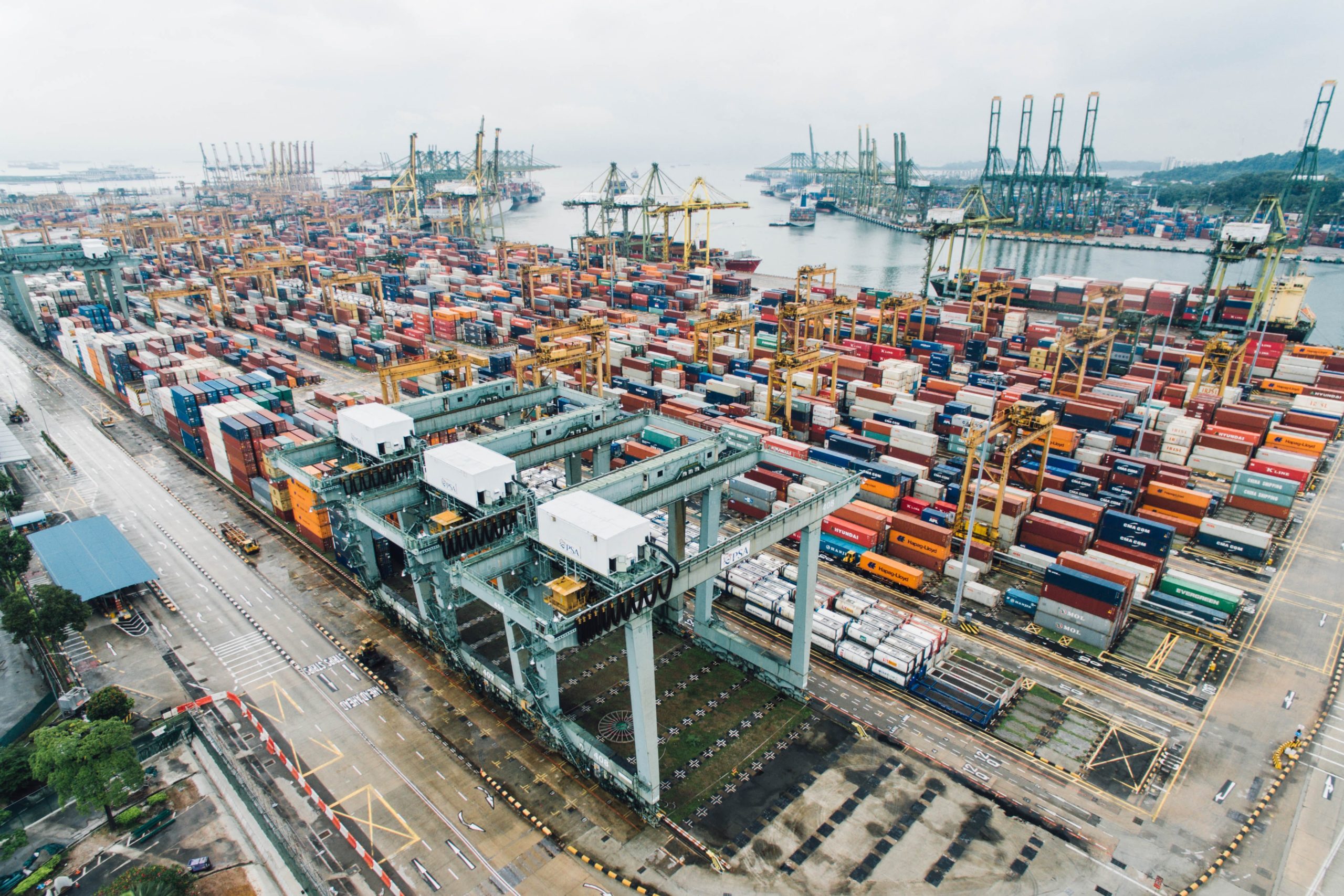Rate expectations: A Strategic Approach To Shipping Relationships
Sep 02, 2022
Scroll to find out more
Sep 02, 2022
Scroll to find out more

Finding the right rates as a shipper is a constantly shifting game – never more so than in the last few years. The constant stream of ‘black swan’ events, alongside structural shifts in the relationships between carriers and shippers, ports and workers and even retailers and their customers have left many supply chains struggling to maintain businesses as usual.
But one thing is for certain – doing things the way they’ve always been done is no longer an option. Not for stock management, not for fulfilment and not for shipping. The swings in market power between shippers, carriers and forwarders have yielded short term opportunities for all involved at one time or another, but to create a sustainable supply chain that benefits all stakeholders requires a new approach.
To understand better the way that carriers, shippers and forwarders can work together, we sat down with Chantal McRoberts, Head of Advisory at shipping consultancy Drewry, on our weekly podcast Freight to the Point. Chantal works with shippers on a daily basis to help them navigate disruption, become more effective as a business and build constructive relationships with carriers.
As shippers start to look at the long term, we take a look at what’s changed in the market, how to optimise relationships with carriers and the processes that drive better collaboration.
In conversations about how to improve supply chains, we can all be guilty of focusing on the new and the shiny – data, technology, AI and automation get the attention – but these are all means to an end.
The core of supply chains is relationships – multiple parties working together to achieve the complex task of ordering, creating and shipping goods over vast distances on schedule and for the right price. The goal of the new technologies is to facilitate these relationships at scale, streamlining processes and helping stakeholders help each other. This requires considering the various incentives at play. And in a situation where carriers hold so many of the cards, it pays to understand how they’re thinking.
‘If you are a shipper, you have to think about what makes you most attractive to your carriers or your freight forwarders. It’s a bit like dating – you need to build a profile that is attractive but also is mutually beneficial to you as well’, explains Chantal.
Having goods and the money to pay for their transport isn’t enough to build a valuable relationship. Both parties need to understand how they can help each other not just move products, but do it in a way that brings the best outcomes.
In all the conversation about carrier service levels, what makes a good customer is often missed out. Carriers want stable, efficient business – and that starts with being able to plan capacity, loads and rates.
‘We often start with forecasting – how best to engineer that to make it stable and attractive to carriers,’ says Chantal. At its most basic level that could end up with carriers dividing your volume by 52 weeks, but with carriers looking ahead to robust order books they’re also planning their future capacity to minimise risk.
Risk can come in many forms – by creating clarity and reliability, shippers can build the right reputation. ‘Have the discussion about what your seasonality is, talk about how you can build your rolling forecast around what your products are around your peak demand areas and then let them know,’ says Chantal. ‘You can also apply some common sense: make sure that you don’t have any long standing invoices, try and limit your payment terms, limit your request for detention and demurrage because all of these check a box.’
It’s important to emphasise – this is a long game. It may well be that you won’t get this done by the next tender period, but the sooner you start displaying the right processes and competencies, the more you can improve your profile and develop your relationships.
As mentioned, the carriers have the balance of power when it comes to rates and space. For small-medium shippers especially, going direct to carriers may not be the best option. This is where forwarders can play a valuable role, leveraging not only economies of scale but value-add process improvements too.
Forecasting, planning and optimising a data driven procurement strategy requires investing time and resources in the right systems. For shippers looking to boost their profile and cut their rates, undertaking a multi-year ERP and SCM system review and integration project just to get the right data might seem a risky prospect. This is where your choice of forwarder can rapidly accelerate your progress.
At Zencargo, we put data at the heart of everything we do to enable productive, efficient relationships across the supply chain ecosystem. Using our digital platform, we aggregate data from ports, shipments, lanes, and modes to help paint a richer picture for both shippers and carriers to help coordinate activity on a larger scale and with more accuracy than has hitherto been possible.
‘The industry as a whole has been lacking on [the data] side and I think. If that gap can be closed or reduced and the forwarders have the visibility, data and infrastructure to be able to manage it in a really efficient and dynamic way, then that helps with carrier selection.’ says Chantal.
At uncertain times, all eyes go to the bottom line. Shippers have had to manage major price fluctuations over recent years and, understandably, long for stability. But in practice, we’re unlikely to go back to the way things were. We’re entering an agile era, where rates need to be considered on a flexible basis according to the needs of your shipment.
‘There is a place for a contract rate, a yearly contract rate, there is a place for a spot rate and there is a place for a long-term contract rate – they all will work for certain kinds of shippers but it’s about figuring out what’s your best match again,’ says Chantal.
Thinking in the long term, for example, if you are willing to take the risk on a long term contract, you can focus on improving operations and improving relationships with carriers and forwarders. There will be moments where you’re more or less than market rates, but it will also give you the opportunity to look at operational issues and processes with your carrier, with rates out of the conversation.
Meanwhile, transactional rates can yield short term gains, or losses if the market ticks upwards – but leave little room to build long-term value. And being a modern, efficient shipper requires balancing both needs.
Rate strategies are now a highly personal process and one that requires regular review and updates to match the needs of the market. At Zencargo, we work closely with our customers to understand their needs and then use our tools, data and relationships to build unique strategies that balance risk, cost and reliability to help them ride the wave of change and target long term value.
If you’re curious about the market and how the right rate strategy could help you grow, we’re offering no-obligation strategy consultations with Zencargo Co-Founder and CCO Richard Fattal. Book your own session right now and start moving your business forward.

To find out how you can take control of your supply chain costs and stay ahead...

To find out how you can navigate a path through uncertainty, book your free str...

To find out more about how Zencargo’s digital freight forwarding experts and te...